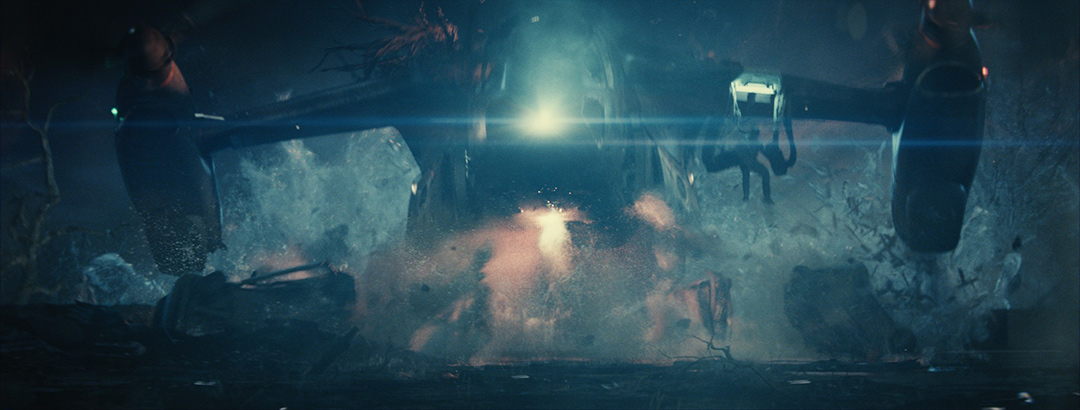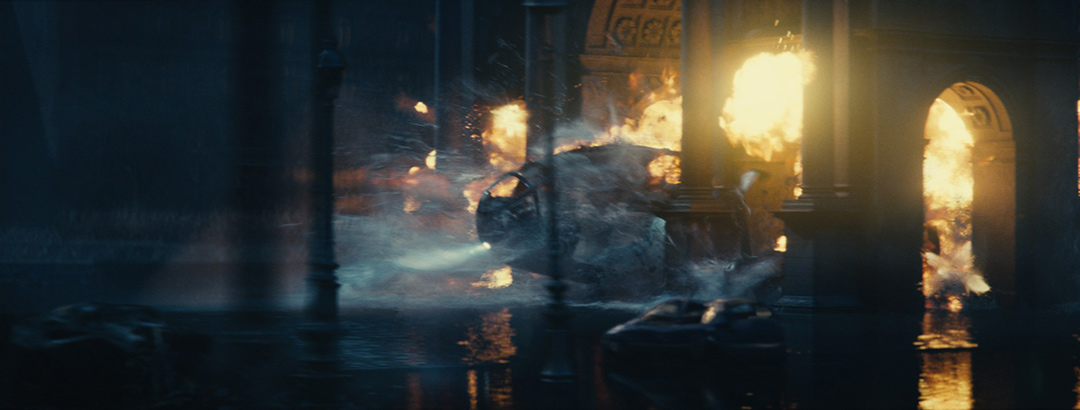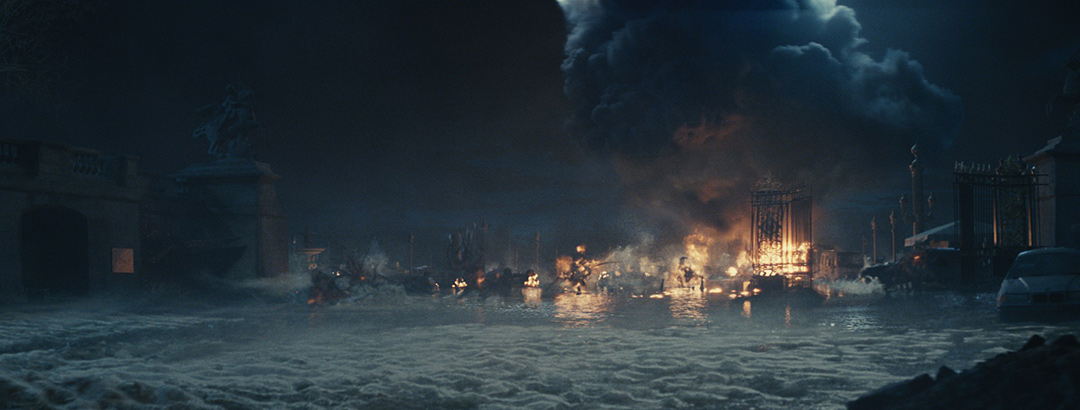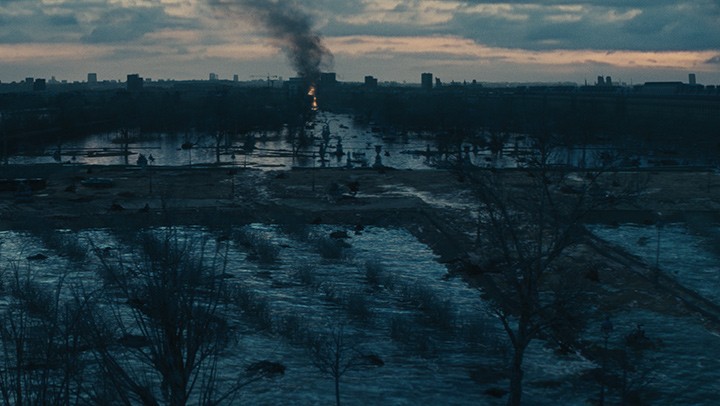What could be worse than having no conception of the enemy, and no training whatsoever, and still being thrust out onto the front lines of an intraplanetary extraterrestrial invasion? Having to relive the fatal first wave over, and over, and over again until you figure out how to stop it. Such is the nightmare scenario faced by battle-untested Major William Cage (Tom Cruise) in 2014 sci-fi epic, Edge of Tomorrow, directed by Doug Liman (The Bourne Identity, Mr. & Mrs. Smith).In order to tell this adaptation of Hiroshi Sakurazaka and Yoshitoshi ABe's seminal sci-fi young adult novel, All You Need Is Kill, the filmmakers turned to VFX agency Framestore (who we previously talked to in our behind-the-scenes feature on The Double) to create the film's signature high-flying visual stylings. Framestore, in turn, have created this detailed guide to the most difficult challenges they faced while generating the visual effects that bring Edge of Tomorrow from its first moments through to its jaw-dropping climax. According to Framestore's research and development crew, "Handling the huge scale and complexity of these scenes and the vast range of camera angles (from extreme close-ups to wide shots) required the VFX maestros to carefully tune its in-house node-based fluid simulator fLush and its associated workflows. fLush was used to simulate the huge water landscapes (not just their surfaces, but spray, mist and foam too), the dramatic explosions and the fiery projectiles (known as javelins) fired from the Mimics' [the film's time-bending alien foes] limbs."fLush provided Framestore the ability to "visualize and interact" with the data that controlled the film's "required timing, direction and level of detail—particularly for the close-ups." Many of the other graphical elements were created using similar in-house proprietary design softwares, including fBake, which handles polygonal geometry, and fMote, Framestore's node-based development and lighting framework.
According to Framestore's research and development crew, "Handling the huge scale and complexity of these scenes and the vast range of camera angles (from extreme close-ups to wide shots) required the VFX maestros to carefully tune its in-house node-based fluid simulator fLush and its associated workflows. fLush was used to simulate the huge water landscapes (not just their surfaces, but spray, mist and foam too), the dramatic explosions and the fiery projectiles (known as javelins) fired from the Mimics' [the film's time-bending alien foes] limbs."fLush provided Framestore the ability to "visualize and interact" with the data that controlled the film's "required timing, direction and level of detail—particularly for the close-ups." Many of the other graphical elements were created using similar in-house proprietary design softwares, including fBake, which handles polygonal geometry, and fMote, Framestore's node-based development and lighting framework. It took a major collaborative effort to advance their own software to the point at which Framestore could create the sprawling, massive universe of Edge of Tomorrow—one not without its challenges, or payoffs. While the filmenjoys its time in theaters nationwide, head over to Framestore's website to read the full text of"Hell and Highwater: the technical challenges of Edge of Tomorrow."
It took a major collaborative effort to advance their own software to the point at which Framestore could create the sprawling, massive universe of Edge of Tomorrow—one not without its challenges, or payoffs. While the filmenjoys its time in theaters nationwide, head over to Framestore's website to read the full text of"Hell and Highwater: the technical challenges of Edge of Tomorrow."
 Related:[Video] Damsels, Doppelgängers & Dostoyevsky: The Devious Devices Behind 'The Double'Audrey Hepburn Cruises By The Uncanny ValleyAn Inside Look At The VFX That Brought "The Grand Budapest Hotel" To Life
Related:[Video] Damsels, Doppelgängers & Dostoyevsky: The Devious Devices Behind 'The Double'Audrey Hepburn Cruises By The Uncanny ValleyAn Inside Look At The VFX That Brought "The Grand Budapest Hotel" To Life
Advertisement

Advertisement



